Last Updated on October 11, 2025 by Muhamed Elmesery
How do things move and how do they stay constant?
How do airbags work in cars?
How do planes fly in the air?
How does the water flow?
Why do buildings look static and not fall off?
How do cars work?
Only physics and physics discoveries can answer all these questions and explain to us everything we see in our daily life.
In this article, we will discuss Newton’s laws which are concerned with explaining the motion of things and applications of Newton’s laws of motion in daily life. We will also highlight the other most famous laws established by Isaac Newton.
So, what is the physics behind the explanation of such things that we see in our daily life?
It is classical mechanics or Newtonian mechanics (relative to the scientist Isaac Newton, who is considered one of its greatest founders) and it is the oldest branch in the science of bodies motion (mechanics), which differs from modern physics that came later.
Try Newton's Laws of Motion in Praxilabs
Table of Contents
Sir Isaac Newton
If we are going to talk about classical mechanics and applications of Newton’s laws of motion in daily life, we must first shed light on the founder of these laws and the one who has the credit for bringing them out to us, Sir Isaac Newton. Here are some quick facts about Isaac Newton:
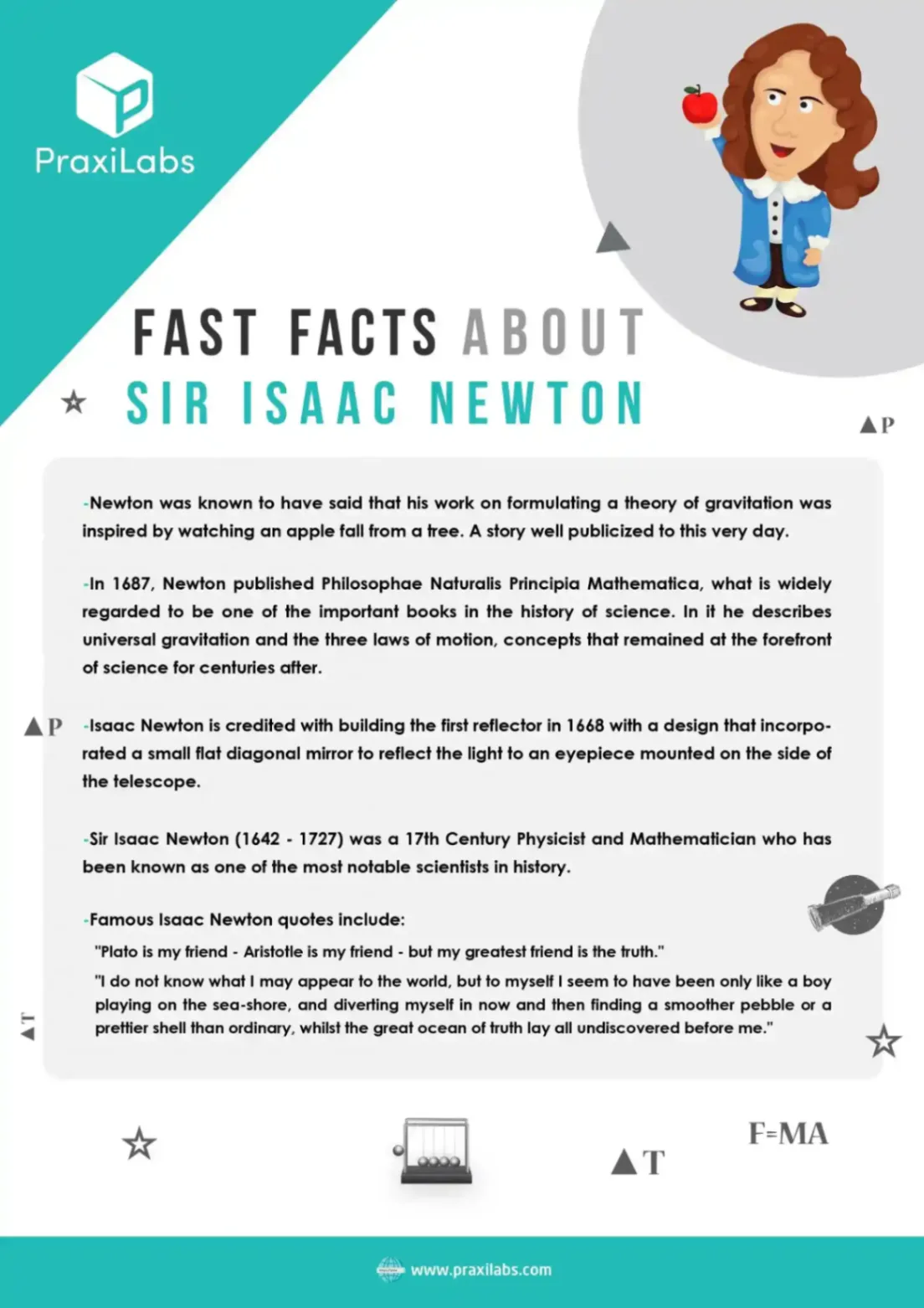
Overview of Newton’s Laws of Motion
(the science behind how things move)
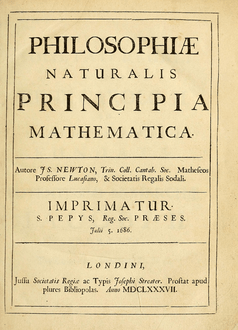
Newton’s laws of motion are three physical laws describing the motion that establish the science of kinematics. These laws describe the relationship between the motion of an object and the force acting on it.
It was Isaac Newton who established these laws, and he used these laws to explain many physical systems and phenomena. These three laws were first published by Isaac Newton in his in 1687, which is the basis of classical mechanics. Newton used these laws to explain and investigate many physical phenomena. Newton showed that these laws in addition to the law of universal gravitation are able to explain Kepler’s laws of planetary motion, and these laws are still among the most important physical laws so far.
And now we discuss Newton’s laws of motion, its interpretation, and mathematical expression, as well as the most important applications of newton’s laws of motion in daily life.
Newton’s First Law of Motion and Its Applications
The Text, Its Interpretation, and The Mathematical Expression
“An object at rest will stay at rest, and an object in motion will stay in motion unless acted on by a net external force”

This means that motion cannot change or decrease without the effect of an unbalanced force. If nothing happens to you, you will never go anywhere. If you’re going in a certain direction, unless something happens to you, you’ll always go that way forever.
That is, if the resultant force (the vector sum of the forces acting on the body) is zero, then the velocity of the object is constant. When we say that the velocity of an object is constant, we mean that both magnitude and direction are constant.
Now we’ll show you a good example for illustration, when you see a video of astronauts. Have you ever noticed that their tools are floating? They can only place them in space and stay in one place. As there is no force to intervene to change this situation. The same applies when they throw objects at the camera, these objects move in a straight line. Meaning, if they drop an object while in space, that object will continue to move in the same direction and at the same speed unless interfered with.
Mathematical Expression of Newton’s First Law of Motion
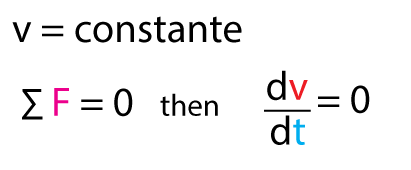
where
V is the velocity of the object
t is the time
F is the force
This means that we can say that a static body will remain static unless it is affected by external forces, and a moving body does not change its velocity as long as no external force affects it.
Inertia
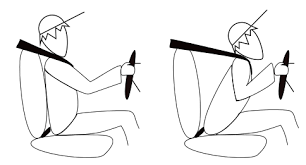
The principle of inertia is one of the basic principles in classical physics that is still used today to describe the motion of things and how it is affected by the forces applied to them.
The term inertia may be referred to as “the amount of resistance of an object to a change in velocity” or “resistance to change in motion.” This includes changes in the speed of the object or the direction of motion. One aspect of this property is the tendency of things to continue to move in a straight line at a constant speed, when no forces are affecting them.
Real Life Examples of Newton’s First Law (inertia)
- The electric fan continues to move for a period after the electricity is turned off.
- Fall back forward when the stationary bus starts to move.
Examples and Applications of Newton’s First Law of Motion In Our Daily Life
The occurrence of things around us can be explained according to Newton’s first law. Now we will show examples of Newton’s First Law of Motion Examples in Everyday Life:
- Car air bags
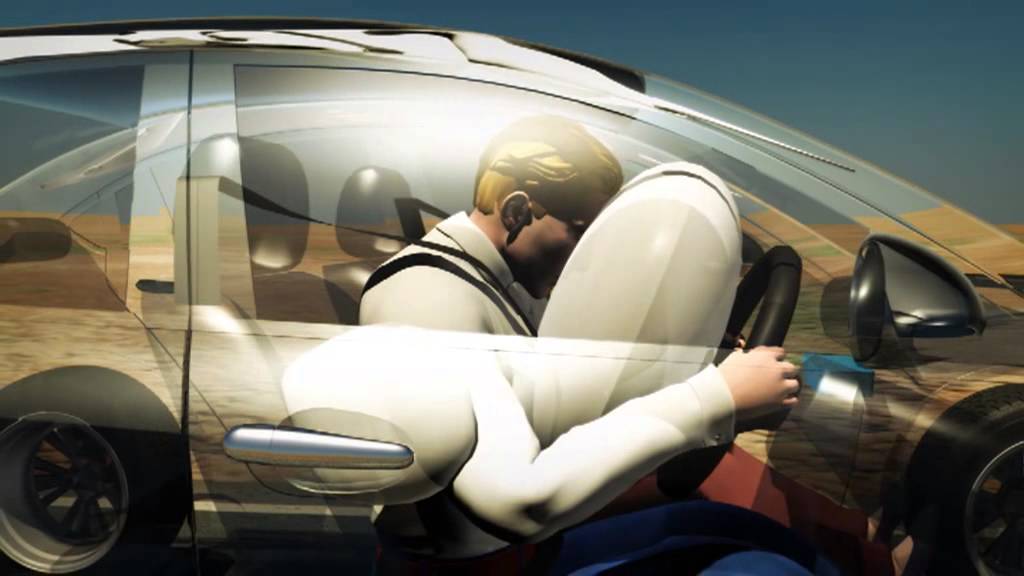
The function of the air bag is to inflate in an accident and prevent the driver’s head from hitting the windshield. When a car with an airbag is exposed to an accident, the sudden slowdown in its speed leads to the operation of an electrical switch, and this starts a chemical reaction that produces a gaseous substance that works to fill the air bag and protect the driver’s head.
- The book on the table stays in place unless it is dislodged.
- Blood rushes from your head to your feet as it quickly stops when you ride the descending elevator.
- The hammer head can be tightened against the wooden handle by striking the bottom of the handle against a hard surface.
- While riding a skateboard (or cart or bike), you fly forward away from the board when you hit a sidewalk, rock, or anything else that suddenly stops the skateboard.
- Description of aircraft movement when the pilot changes throttle position.
For further understanding, you can try PraxiLabs simulation laboratory in classical physics.
Newton’s Second Law of Motion and Its Applications
The Text , Its Interpretation, and The Mathematical Expression
“If a force affects an object, the object gains acceleration, proportional to its strength and inversely proportional to its mass.”

Newton’s second law studies the movement of an object when external forces affect it. When a constant force affects a huge object, it causes it to accelerate, that is, to change its speed, at a constant rate.
In the simplest case, the force acting on an object at rest causes it to accelerate in the direction of the force. However, if the object is indeed in motion it may appear that the object is speeding up, slowing down, or changing its direction depending on the direction of force, directions taken by the object, and the frame of reference in which it is moving Relative to each other.
Mathematically, Newton’s second law can be expressed through the following equation of motion:
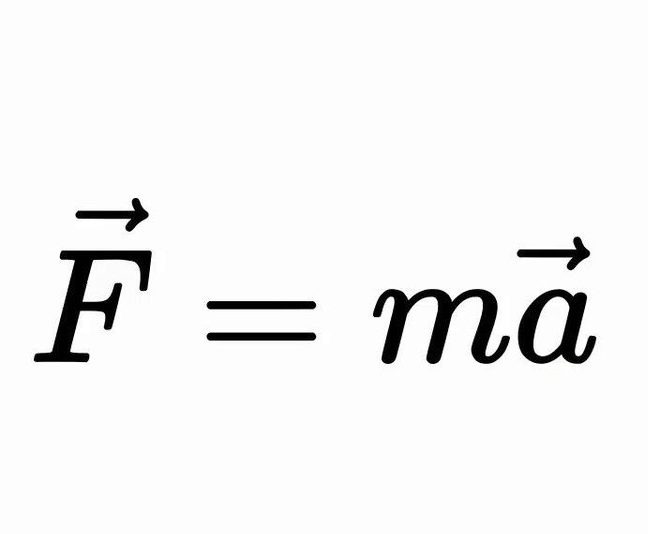
where F is the resultant force, m is the mass of the object, and a is the acceleration of the body.
This relationship applies the principle of preserving the momentum, which is that when the sum of the resultant forces acting on the object is equal to zero, the momentum of the object remains constant. The resultant force is equal to the rate of change in the momentum.
This law also means that when two equal forces act on two different bodies, the object with greater mass will have less acceleration and slower motion, and the object with less mass has greater acceleration. For example, to illustrate:
If we have two similar engines, one for a large car and the other for a small car, then the small one will have more acceleration because its mass is less and the large one will have less acceleration because its mass is greater.
5 Real Life Examples of Newton’s Second Law
- We always see the applications of Newton’s second law of motion in daily life when we try to move an object, like stopping a moving ball rolling on the ground, or pushing a ball to get it to move.
- Reducing the weight of racing cars to increase their speed.
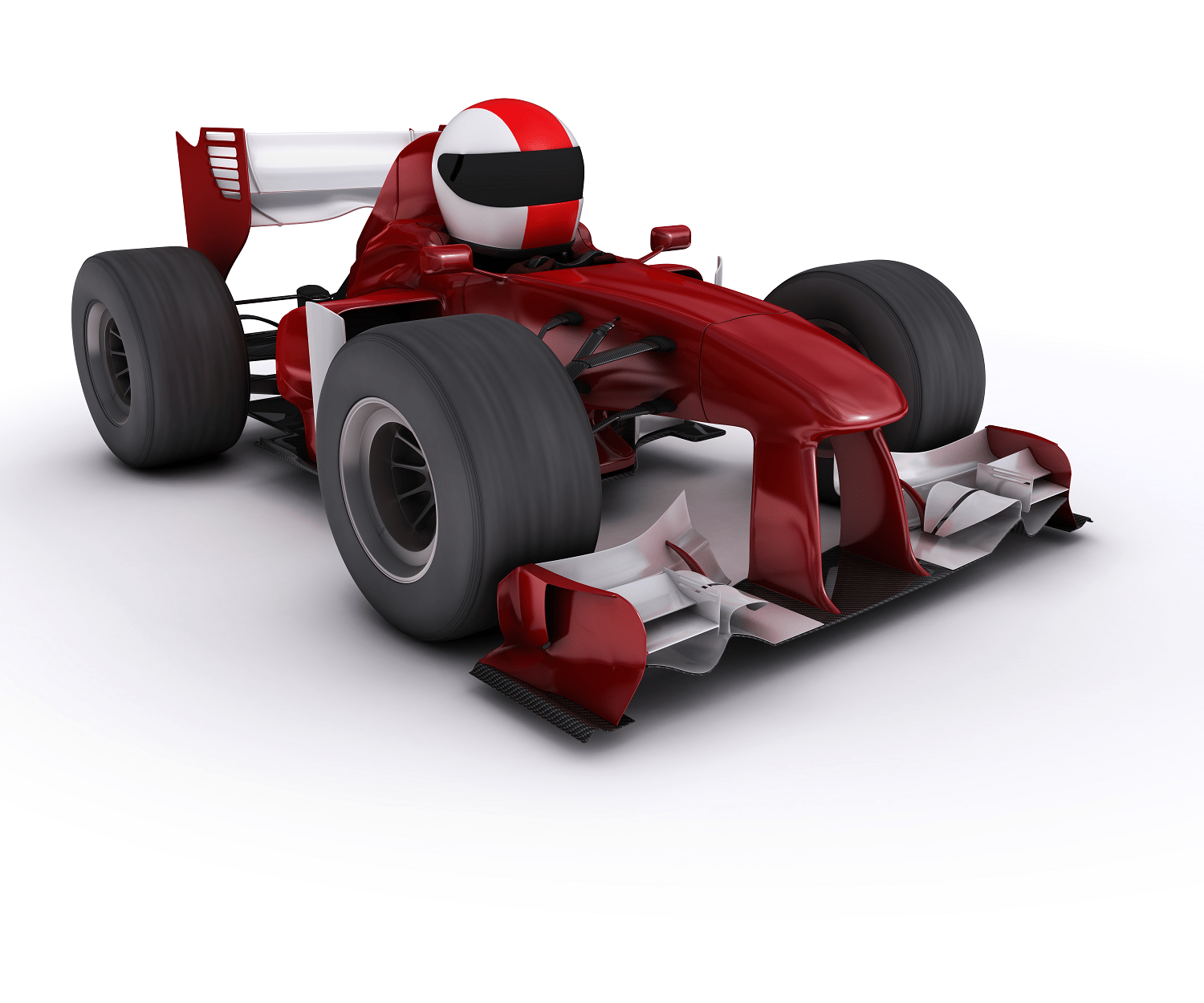
For example, in cars racing, engineers try to keep vehicle mass as low as possible, as lower mass means more acceleration, and the higher the acceleration the greater the chances of winning the race.
- Kick the ball
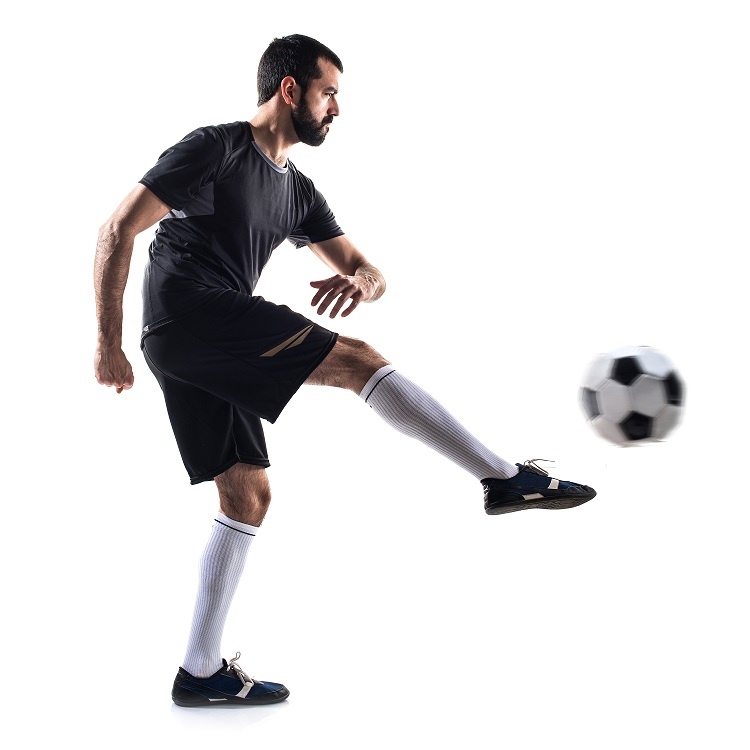
When we kick the ball we exert force in a specific direction, which is the direction the ball will move. In addition, the more forcefully the ball is kicked, the more force we apply to it and the further away the ball is.
- Push the cart
It is easier to push an empty cart in a supermarket than to push a loaded cart. More mass requires more power for acceleration.
- Two people walking
Of the two walking people, if one is heavier than the other, the one who weighs the heaviest walks slower because the acceleration of the one who weighs the lighter is more.
Try our 3d physics simulation online for FREE
Try Newton’s Second Law Virtual Lab Simulation from PraxiLabs
Learn how to determine the acceleration due to gravity by applying Newton’s second law.
By the end of the experiment, students will be able to:
- State Newton’s Second Law
- Distinguish between the concepts of mass and weight, and perform calculations involving mass and weight
- Explore and analyze the relationship between force, mass, and acceleration (Newton’s Second Law)
- Determine the acceleration due to gravity by using Newton’s second law of motion
Try Newton’s Second Law Virtual Lab Simulation from PraxiLabs
Newton’s Third Law of Motion (Law of Action and Reaction) and Its Applications
The Text , Its Interpretation, and The Mathematical Expression
“For every action, there is an equal and opposite reaction.”
All forces in the universe occur in equal but oppositely directed pairs. There are no isolated forces; for every external force that acts on an object there is a force of equal magnitude but opposite direction which acts back on the object which exerted that external force.
In the case of internal forces, a force on one part of a system will be countered by a reaction force on another part of the system so that an isolated system cannot by any means exert a net force on the system as a whole. A system cannot “bootstrap” itself into motion with purely internal forces, to achieve a net force and an acceleration, it must interact with an object external to itself.
Newton’s third law can be mathematically expressed through the following equation of motion:
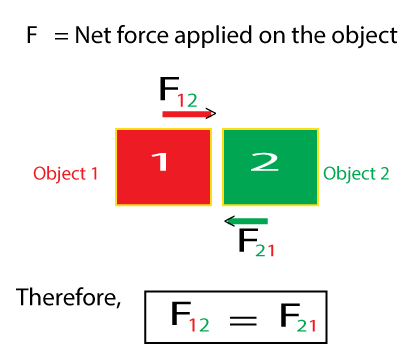
Body 1 effects by a force F1 on body2 which effects by a force F2 on body 1
Examples and Applications of Newton’s Third Law of Motion in Daily Life
- Engineers apply Newton’s third law when designing rockets and other devices, for example, the rush of gases from the rocket to the top when it ignites causes it to increase its speed.
- When a person walks it affects the earth strongly and the earth also strongly affects it so both the earth and the person affect each other.
- When you jump, your feet apply force to the ground, and the earth applies an equal and opposite reaction force that pushes you into the air.
- When a person is in water, the water pushes the person forward while the person pushes the water back, both affect each other.
- Helicopters create lifting power by pushing the air down, thus exposing it to an upward reaction force.
- Birds and planes also fly by applying force on the air in the opposite direction to any force they need. For example, the wings of the bird push the air back and forth in order to lift the movement forward.
Newton’s Third Law and Hooke’s Law
In some cases, when applying Newton’s third law, other factors such as stress and deformation must be taken into account. For example, in the opposite figure, the mass of the car increases due to the entry of the passenger. This affects the car’s displacement in its suspension system.
The above is known as Hooke’s Law of Elasticity indicates that the amount with which an object changes is linearly related to the force causing this change. Substances to which Hooke’s law simulation roughly applies are materials with linear elasticity.
For more information, you can try PraxiLabs virtual lab for experimenting with Hooke’s Law … Subscribe now and select your plan

Newton’s Law of Universal Gravitation
The Text , Its Interpretation, and The Mathematical Expression for it
“Any particle of matter in the universe attracts any other with a force varying directly as the product of the masses and inversely as the square of the distance between them”
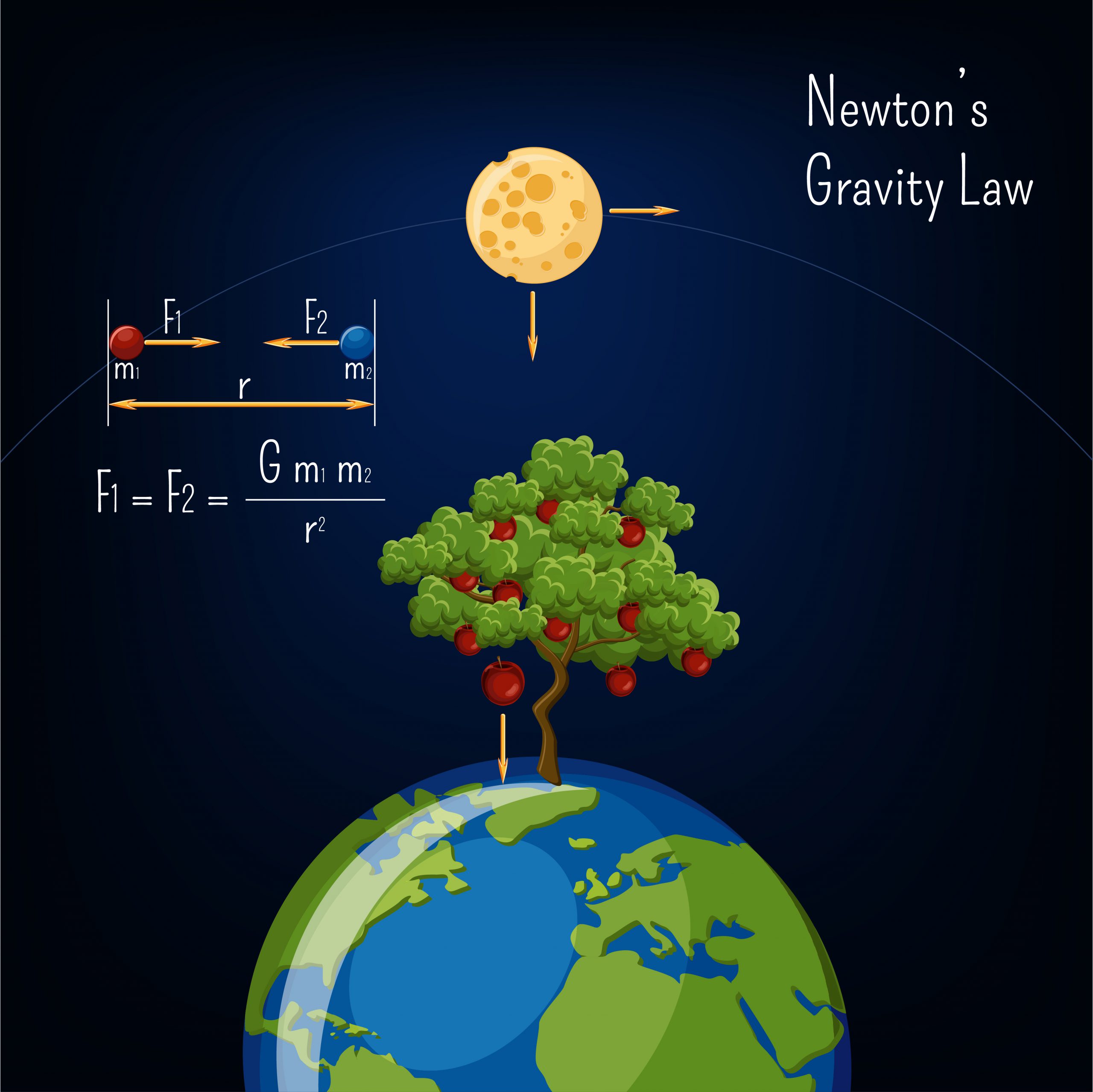
Newton established the law of universal gravitation based on experimental observations made previously by Galileo, who noticed that near the surface of the earth, bodies of different masses fall at the same time (that is, the Earth’s gravity attracts all masses with the same acceleration).
This law states that the force with which an object (such as the sun) attracts another object (such as the Earth) increases with the mass of the two bodies and decreases with the square of the distance between them. That is, if we make the distance between the two objects twice the current distance, the force will be less than (2 × 2), i.e., four times. If we make the distance 3 times greater, the force will be weaker by (3 x 3), i.e., nine times and so on.
Newton explained that this law describes the movement of celestial bodies such as planets, moons, and stars, and also describes the movement of bodies on Earth, meaning that it is valid at any point in the universe, so it is called the universal or universal law of gravity.
Returning to Newton’s third law, the Earth is attracting you down strongly (action) and you are attracting it with the same force upward (reaction). But the value of this force has a noticeable effect on a mass as small as yours, while its effect is very, very weak on the mass of the Earth that is huge for you.
Mathematically, Newton’s law of universal gravity can be expressed:
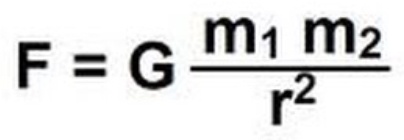
where
F is the force due to gravity
G is the general gravitational constant
m 1 is the mass of the object 1
m 2 is the mass of the object 2
R is the distance between centers of the masses
The Importance of Newton’s Law of Gravitation
- Newton’s Law of Universal Gravity is of great importance, as it explains how gravity affects us and our walking on Earth. In other words, it keeps us on Earth so that we can live on Earth and not fly in the air and space.
- It explains the motion of the moon around the earth and the motion of the planets around the sun and the reason behind the tides in the seas on Earth.
- It also explains free fall, when an object falls from any height under only the influence of the force of gravity, it is known as free fall.
The free fall experiment is one of the most important applications of three scientific experiments in physics.

- Newton’s law of gravitation provided a comprehensive explanation for the observed motions of celestial bodies, including the planets, moons, and other astronomical objects. It laid the groundwork for understanding the dynamics of planetary orbits and the gravitational interactions between celestial bodies.
- The law of universal gravitation applies universally, extending beyond the confines of Earth. It elucidates the gravitational interactions between all objects in the universe, showcasing the pervasive nature of gravitational forces.
- Newton’s law of universal gravitation facilitated significant advancements in the field of astronomy, enabling scientists to accurately predict and understand the movements of celestial bodies. It played a pivotal role in refining astronomical models and theories, leading to a deeper comprehension of the cosmos.
- The understanding of gravitational forces derived from Newton’s law has practical applications, such as in the design and operation of satellites, spacecraft, and missions related to gravitational research. Furthermore, it has contributed to advancements in geophysics, including the measurement of variations in Earth’s gravity and the study of tides.
Influence of Newton’s Laws on Kepler’s Laws of Planetary Motion
Newton’s laws of motion and gravitation greatly influenced Kepler’s laws of planetary motion. Newton’s laws for dynamics and astronomy corrected Kepler’s laws and described the motions of all objects in the heavens, not just the planets.
Kepler’s three laws of planetary motion, published between 1609 and 1619, describe the orbits of planets around the Sun. They replaced the circular orbits and epicycles of the heliocentric theory with elliptical trajectories and explained how planetary velocities vary.
Kepler’s three laws of planetary can be described as follows:
- The path of the planets about the sun is elliptical in shape, with the center of the sun being located at one focus. (The Law of Ellipses)
- An imaginary line drawn from the center of the sun to the center of the planet will sweep out equal areas in equal intervals of time. (The Law of Equal Areas)
- The ratio of the squares of the periods of any two planets is equal to the ratio of the cubes of their average distances from the sun. (The Law of Harmonies)
Newton’s Law of Gravitation corrects Kepler’s Laws of planetary motion which turned out to be observable, and it described the motions of all objects in the heavens, not just the planets.
Applications of Newton’s Laws of Motion in Daily Life (Sports)

Newton’s Three Laws of Motion explain how forces create motion in sport. The following is a summary of Newton’s laws when applied to sports:
- The runner in the 100-meter race continues to run unless there is a force to stop him or reduce his speed.
- Long jump requires the athlete to run from a distance and at a certain speed to achieve that jump, meaning there is a force to change the body’s state of movement.
- Kicks in football, as well as when a collision occurs between players, one of them is fixed and the other is moving in the ground or in the air, while jumping.
- In boxing, the standby posture is of great importance to prevent the player from falling easily.
- In all sporting events, the dominant force is in one direction and the reaction force is in the opposite direction.
Application of Newton’s Laws of Motion in Medicine
Newton’s laws of motion are applied in medicine, especially in Biomechanics.
Biomechanics is the discipline that creates a bridge between mechanical engineering and biology, enabling physicians to better understand the effect that forces can have upon biological structures such as bone, muscle, tendon, and ligament. In order to understand basic biomechanical concepts, there must be an understanding of the basic laws of physics.
Request a Demo Now and Increase your Students’ Learning Retention and Engagement!
Newton’s Laws of Motion Demystified | Your Top FAQs Answered
What is the 3rd law of motion?
The 3rd law of motion which is also called “Law of Action and Reaction” said that “For every action, there is an equal and opposite reaction.”
This means that all forces in the universe occur in equal but oppositely directed pairs. There are no isolated forces; for every external force that acts on an object, there is a force of equal magnitude but opposite direction which acts back on the object which exerted that external force.
What is Newton’s 2nd law called?
Newton’s 2nd law is called the law of acceleration (a = f/m).
What is the 4th law of motion?
The 4th Law of Motion, known as the Unified Interaction Principle (UIP), posits the existence of a fundamental force, referred to as the “Unified Interaction Force” (UIF), which unifies the four fundamental forces of nature: gravity, electromagnetism, the weak nuclear force, and the strong nuclear force.
How many Newton laws are there?
There are 3 Newton’s laws of motion; he presented them in the “Principia Mathematica Philosophiae Naturalis” in 1686.
What is Newton’s third law of motion called?
Newton’s third law of motion is called the law of action and reaction.
What are the applications of motion in our daily life?
There are several examples of motion in our daily life, such as walking, swimming, running, throwing a ball, moving trains and cars, cooking, drinking, jumping, playing sports, and more. Motion allows us to move (when an object changes its position with respect to a reference point in a given time).
What is the application of Newton’s 3rd law of motion in daily life?
One of the most important applications of Newton’s 3rd law of motion (For every action, there is an equal and opposite reaction) is how balloons and rocket engines work. When the neck of an inflated balloon is released, the stretched rubber material pushes against the air in the balloon, and the air rushes outside the neck of the balloon, whereas the action of the air rushing from the balloon pushes against the balloon itself, causing it to move in the opposite direction.
What are the 5 examples of the law of motion?
- While riding a skateboard (or cart or bike), you fly forward away from the board when you hit a sidewalk, rock, or anything else that suddenly stops the skateboard.
- When a player kicks the football, he exerts force in a specific direction, which is the direction the ball will move. In addition, the more forcefully the ball is kicked, the more force he applies to it and the further away the ball gose.
- When you jump, your feet apply force to the ground, and the earth applies an equal and opposite reaction force that pushes you into the air.
- The runner in the 100-meter race continues to run unless there is a force to stop him or reduce his speed.
- If you push a bicycle and a car with the same force, the bicycle will have greater acceleration than the car because the bicycle has less mass compared to the car.
What are 10 examples of Newton’s third law?
- The bird wings push air downwards as the action force, and the air pushes the bird upwards as the reaction force.
- The fish’s fins push water around it backward as an action force, and the water applies a reaction force by pushing the fins forward, thus propelling the fish.
- A hockey puck will keep on sliding on the ice until it hits the wall, or it is hit by another player.
- In rocket engines, when the rocket’s fuel is burnt, hot gasses are produced. These gasses rapidly expand and are forced out of the back of the rocket, where this is known as the action force. At the same time, the gasses exert an equal and opposite force on the rocket itself, scientifically known as the reaction force, and this force pushes the rocket upward.
- The weight of the books that are laying on a table is acting in the downward direction on the table (action). While the reaction acts in the upward direction on the books.
- When you walk, you push against the street, you apply an action force on the street’s ground, and the reaction force moves you forward.
- When a ball hits the ground, the ball applies an action force on the ground. The ground applies a reaction force and the ball bounces back.
- When a bullet is shot from a gun, the gun puts a force on the bullet that propels it forward. In the backward direction, the bullet exerts an equal force on the gun.
- When someone pushes a wall, it pushes back with the same amount of force. The wall doesn’t appear to move because it is much more massive than the person.
- When you squeeze a syringe, the fluid is forced out (action) and the fluid pushes back against the plunger (reaction).
What is an application of Newton’s second law of motion in everyday life?
An example of Newton’s second law of motion is when you try to push a car and a truck, and by comparing the acceleration produced in a car and a truck after applying an equal magnitude of force to both. It is easy to notice that after pushing a car and a truck with the same intensity, the car accelerates more than the truck. This is because the mass of the car is less than the mass of the truck.
What is an example of inertia?
When the bus stops suddenly, people fall forward. When the driver of a bus brakes suddenly, the lower part of the body comes to rest as the bus comes to rest, but the upper part of the body continues to move forward due to the inertia of motion. As a result, a forward force is exerted on the body and we fall in the forward direction.
Praxilabs Virtual Labs in Mechanical Physics
Experience the future of learning with Praxilabs virtual labs in Mechanical Physics. Our cutting-edge virtual simulations allow students to engage in realistic, hands-on experiments, empowering them to explore and understand complex mechanical physics concepts in a safe and immersive environment.
With PraxiLabs, students get a full experience, with guidance and learning materials to further aid the learning process rather than simply following through and covering it. With PraxiLabs, students can actively learn while performing their experiments.
Try now the virtual labs in mechanics that explain Newton’s laws of motion and applications of newton’s laws of motion in daily life.
 PraxiLabs A virtual world of science
PraxiLabs A virtual world of science








